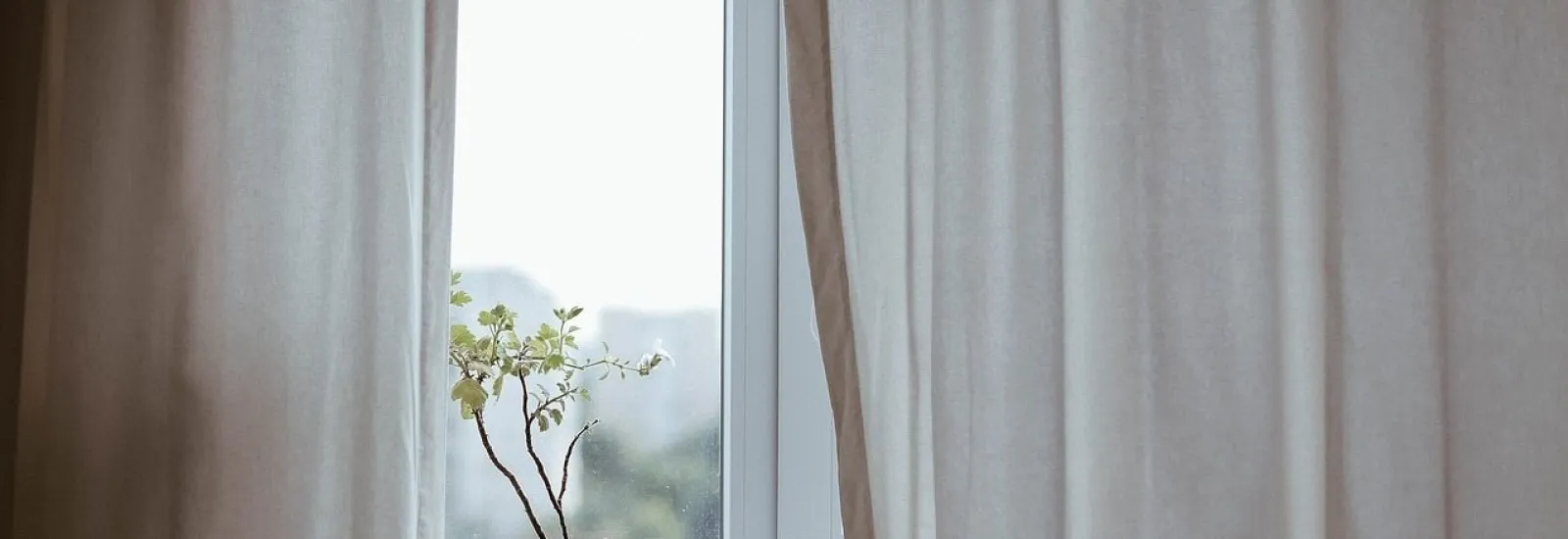
Lighting Regulates Circadian Rhythm and Can Promote Healing
Sleeping in a hospital can often be difficult. There can be noise in the hallway noise in your room and maybe some nervous energy going through you as well.
However sleep is incredibly important to recovery. As your doctors and nurses care for you the lighting in your room helps regulate your circadian rhythm and also plays a role in healing. The importance of a healing environment in fact was one of the top priorities in the planning and design of the Reid Health campus when it was planned in the early 2000s and opened in 2008 with a design that let’s in much natural light. It’s also why quiet times and other efforts are made at Reid to help patients rest as much as possible.

Sleep and your health
Your circadian rhythm is the natural 24-hour clock that regulates your body’s periods of waking and sleeping. Good sleep habits keep this internal clock running properly and help you feel better overall.
Poor sleep is linked to many health conditions such as diabetes heart disease and depression. It can also affect your concentration and energy levels. In the hospital these negative effects can combine to slow your recovery. The American Academy of Sleep Medicine reported that poor sleep in the intensive care unit (ICU) can lead to delirium confusion and memory problems.
Adjusting the lighting to support natural sleep and wake cycles — which typically correspond with day and night — may help improve patients’ quality of sleep when in the hospital.
How light influences circadian rhythm
Melatonin is a hormone naturally produced by your body to help you fall asleep and stay asleep. In the morning when you’re exposed to sunlight your brain gets the message that it’s time to slow down melatonin production and instead boosts serotonin production. This helps you feel awake and refreshed.
Exposure to natural light and appropriately-timed darkness can help your body maintain that natural cycle. However if you don’t have access to natural daylight “cool” and “warm” indoor lighting can also keep your circadian rhythm in check. Cool lighting which has shorter wavelengths and more blue tones slows melatonin production and helps you feel alert. Warm lights with red tones that mimic sunset increase melatonin production and tell your body it’s time to get ready for sleep.
The Journal of Sleep Research reported that a study using 24-hour cycles of warm and cool lighting to aid hospitalized patients’ recovery had many positive results. Similar success has been shown with recovering soldiers ICU patients and elderly people in nursing homes. Another report in Designing Buildings found that access to daylight in a health care setting improved outcomes for patients.
Lighting may not be a cure-all for everything that ails you in the hospital but it is another tool that doctors and nurses can use to help you recover. While admitted as a patient regular exposure to daylight (or a special alarm clock designed with warm and cool lighting to aid your sleep and wake cycles) may help you recover faster. At the very least it can improve your mood while you’re there.
Image source: Pixabay

